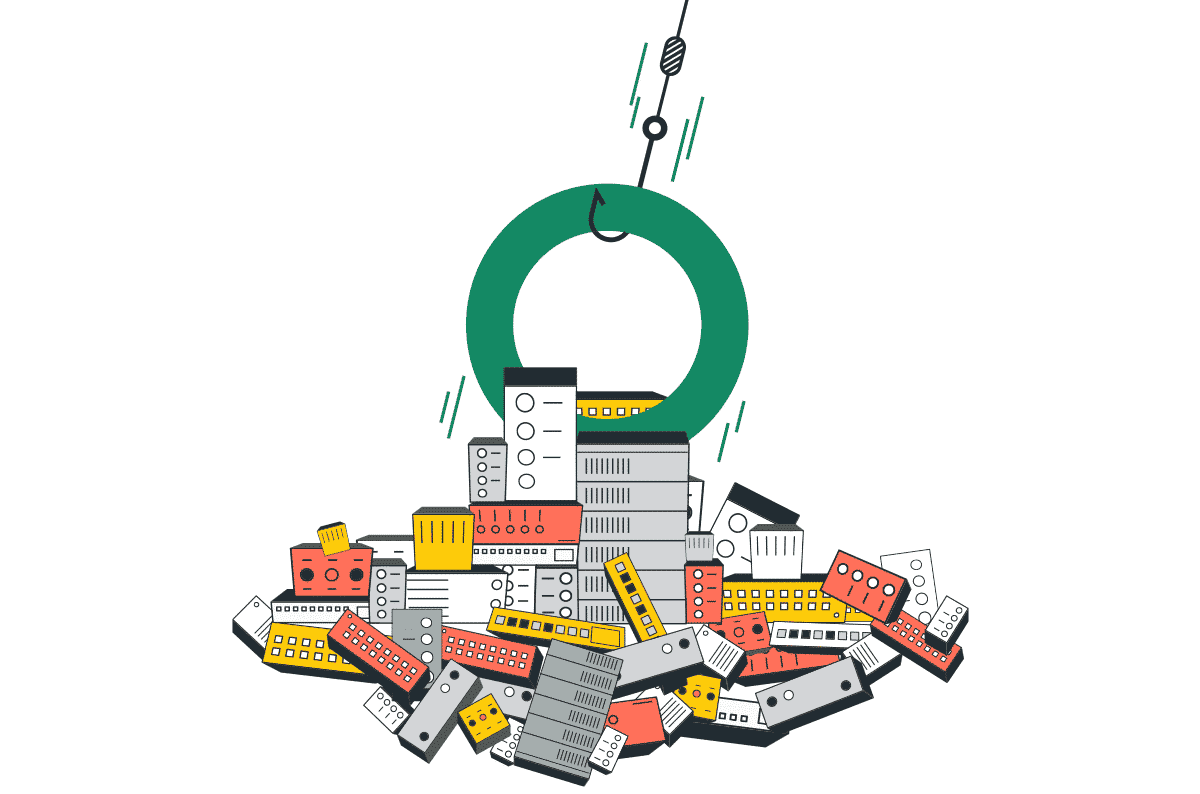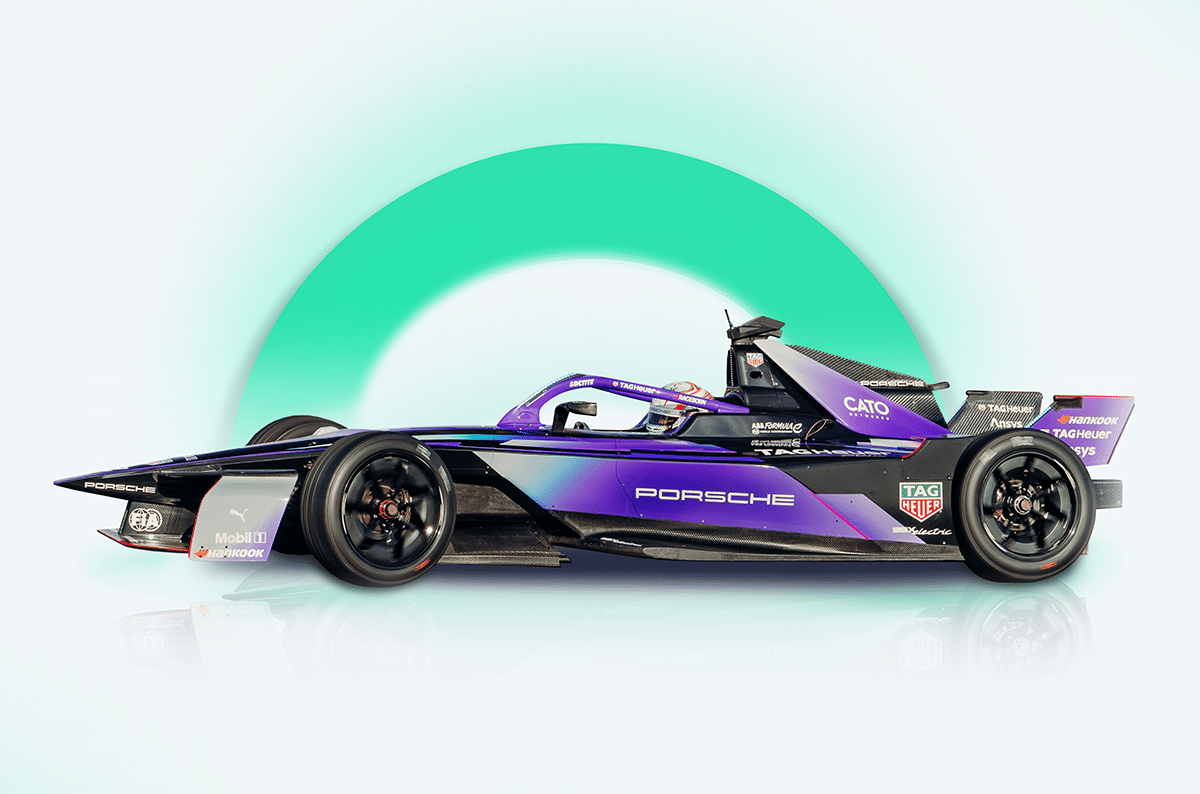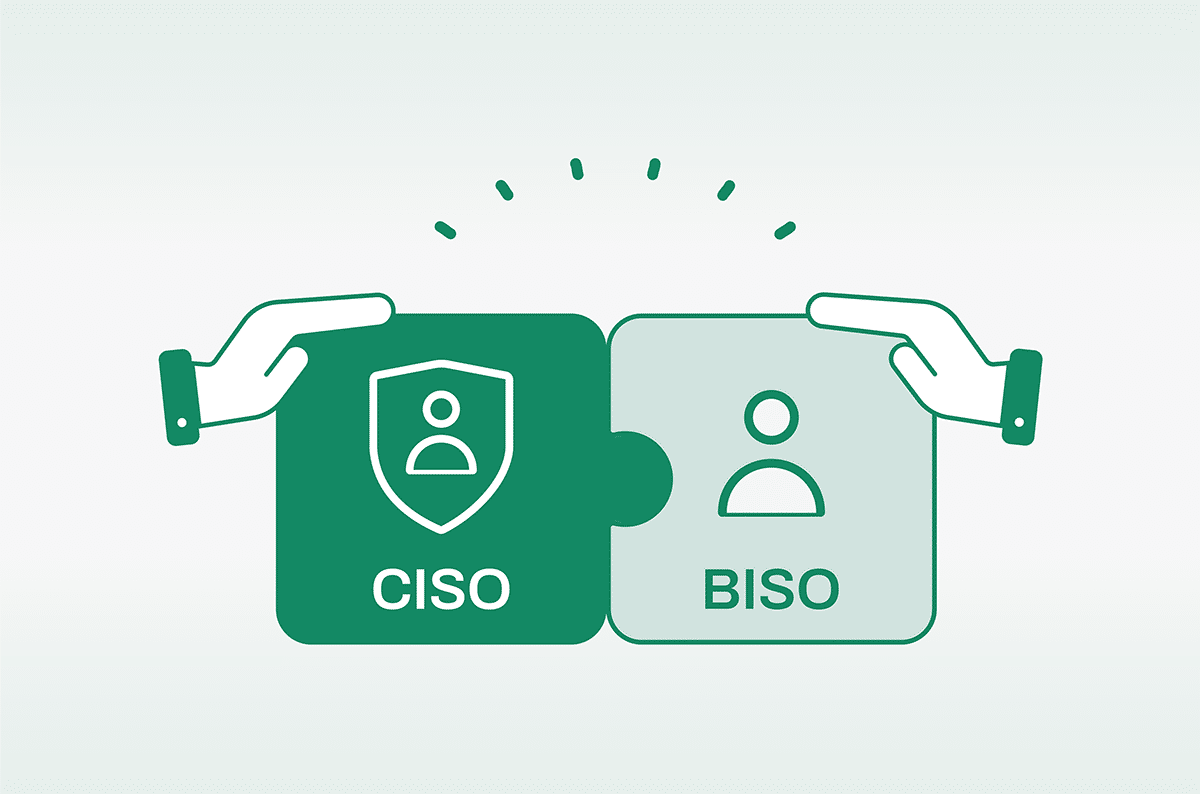SASE Vendor Selection: Should You Focus on Outcomes or Tools?

|
Listen to post:
Getting your Trinity Audio player ready...
|
Ever since the 1990s, IT has been dominated by appliance-centric architecture. But in 2015, Cato revolutionized this paradigm by envisioning networking and security delivered as a converged, cloud-native service. This evolution was not unlike the massive shift created by AWS’s global cloud service, which provided a new kind of infrastructure that supported scalability, resiliency, elasticity, security, connectivity and global distribution (and more).
While AWS is not necessarily the cheapest option, businesses today still choose AWS (or Azure, Google Cloud and other public cloud providers) so they can focus their IT teams on business critical projects and strategic initiatives, instead of requiring them to maintain and manage infrastructure. In other words, AWS became an extension of the IT team, turning it into a business enabler.
Cato is following a similar path. The Cato SASE Cloud provides high performance routing and security inspection of enterprise network traffic. To ensure high availability and maximal security posture, the Cato SASE cloud is optimized and maintained by our professionals from DevOps, networking and security. As a result, Cato too is an extension of the IT team, while owning the outcome: a secure and resilient infrastructure. This blog post compares Cato SASE to legacy applications while demonstrating the strategic business value of Cato. A more in-depth comparison can be found in the whitepaper which this blog post is based on. Click here to read it.
Cato SASE Cloud vs. Legacy Appliances
How is the value of Cato justified? While legacy appliances are tools, Cato SASE Cloud is built for outcomes: highly available, scalable and secure connectivity for everyone, everywhere.
Cato ensures:
- Disruption-free capacity handling
- No infrastructure maintenance
- 24×7 NOC
- 24×7 SOC
- 24×7 Support
Tools on the other hand create:
- Complexity when deploying and planning capacity
- A capacity vs. usage tradeoff
- Difficulties maintaining the security posture
- An extended attack surface of appliances
- Limited support effectiveness and limited customer environment access
Cloud-Delivered vs. Appliance-Delivered Features
Features differ in their deployment, management, scalability, and effectiveness. Let’s look at some examples of these differences through the lens of managed vs. standalone features and adaptable vs. rigid features.
Managed vs. Standalone Features
- Managed – Cato’s IPS is always in a fully optimized security posture. We evaluate threats and vulnerabilities, develop mitigations and deploy only after ensuring performance isn’t negatively impacted.
- Standalone – An IPS from an appliance vendor requires the IT team to deploy, assess the deployment impact on performance and ensure all appliances are kept up-to-date. Consequently, these teams are in “detect mode” instead of “prevent mode”.
Adaptable vs. Rigid Features
- Adaptable – Cato’s cloud-native architectures make inspection capabilities available whenever there are new loads or new requirements, at any scale or location, and seamlessly.
- Standalone – When locations and capacity are constrained, it’s the customer’s responsibility to predict future inspection capabilities. As a result, new branches, users and applications turn into business disruptors, instead of driving growth.
Conclusion
“DIY” is a good solution in some cases, but not for enterprises looking to achieve agile and flexible networking and security infrastructure. The required infrastructure expertise coupled with the lack of IT resources make DIY unsustainable in the long haul. Instead, a new partnership model with technology-as-a-service providers is required. This partnership can help organizations achieve the outcomes they need to drive their business and achieve their strategic goals.
Read more from the whitepaper “The Pitfalls of SASE Vendor Selection: Features vs. Strategic Outcomes”, for a closer look.













